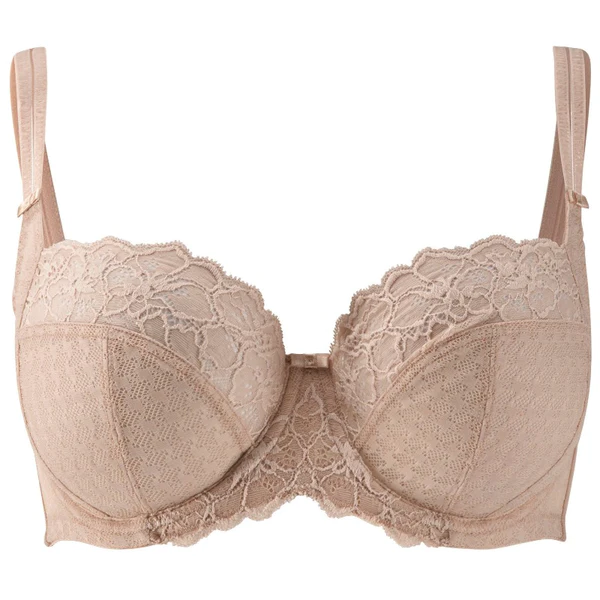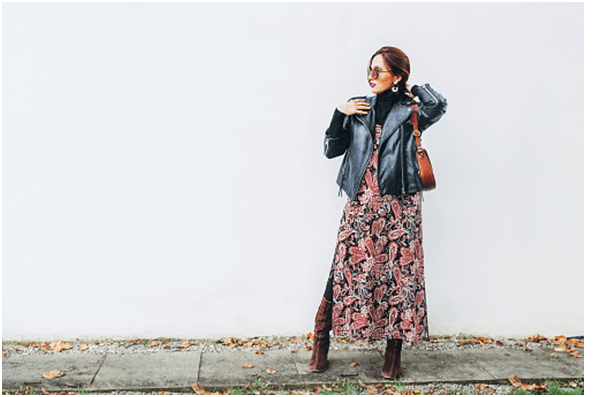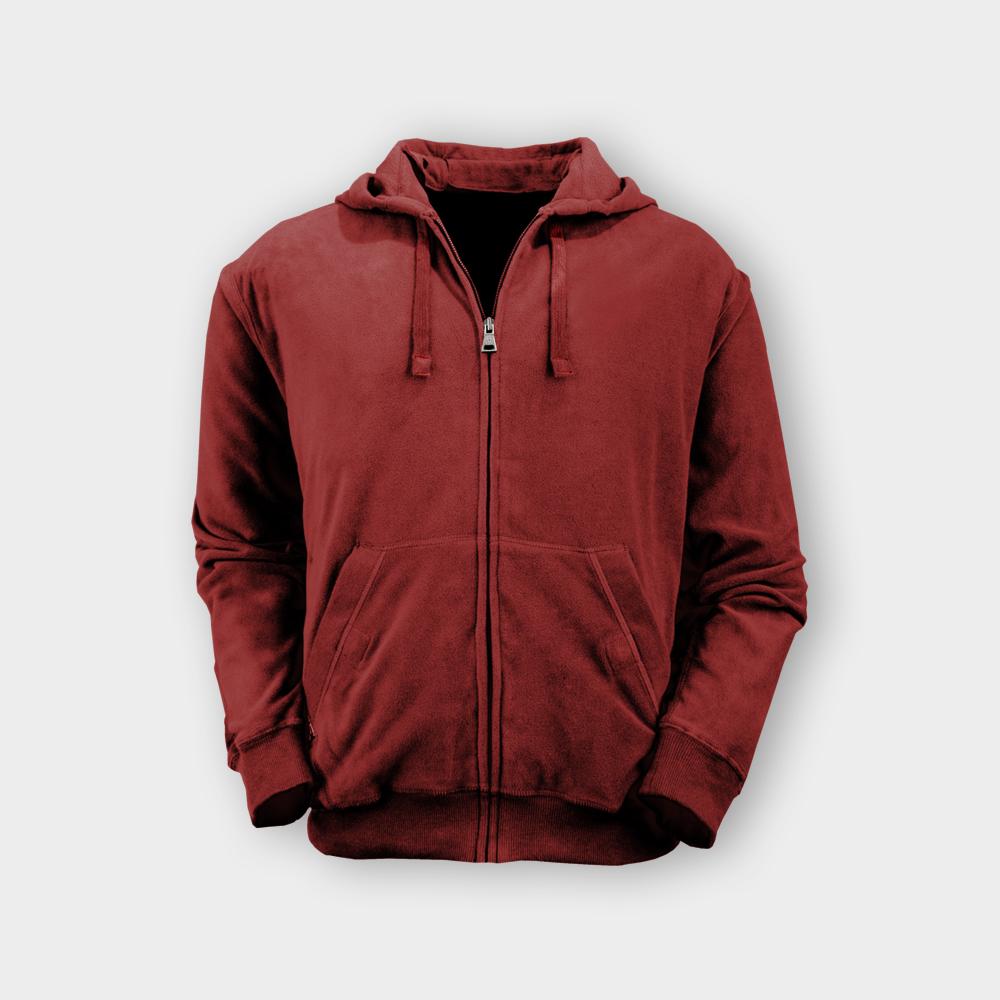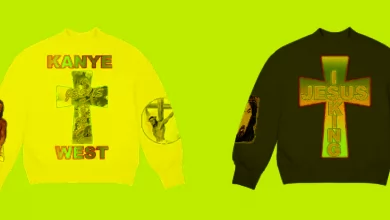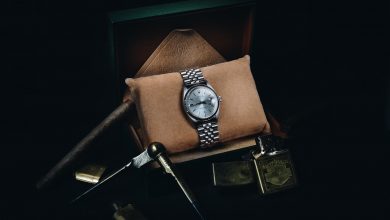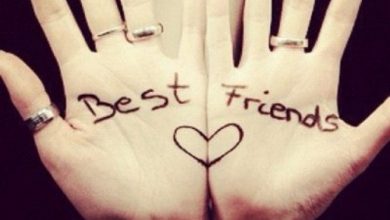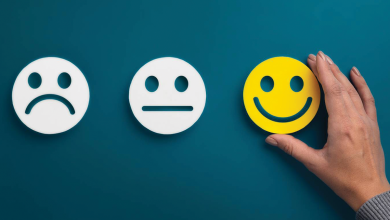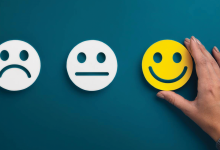Adapt to the New Fashion

Index Of The Blog

To no one’s surprise, the fashion industry is in desperate need of an environmental makeover. When we shop in our favourite store thousands of miles away from the factories where the clothing was produced, it can be difficult for consumers to grasp the fashion industry’s environmental impact. However, it is time to consider how the fashion industry can do better and use the circulation resources. Recently, we’ve seen several high-profile firms discuss the concept of circularity. Explore the differences between circular and linear fashion as some companies pave the way for circular fashion to become the new normal.
What does it mean to dress circularly?
For example, “circular fashion” refers to clothing and accessories that get designed, manufactured, and provided intending to be used and then circulated in the society for the longest possible period in their greatest form and then returned safely to the biosphere when it no longer serves any use. Circular fashion, in its simplest form, refers to the practice of using materials currently in circulation within the fashion business. The design phase of a garment’s lifespan is where circularity starts.
Let’s think of a pair of jeans as an example. In our present linear fashion system, a designer would imagine denim. The production team would work to choose the proper material, factories would mass-produce the pants, and retail outlets would sell them to the customer. It is common for consumers to see these jeans as disposable, and they are likely to wind up in a landfill at the end of their lifecycles.
What are the differences between linear and circular fashion economies?
At present, the fashion business is linear, which means that you purchase a shirt and it ends up in the trash or donated, which also generally goes to the landfill when you grow bored of it. In the world of circular fashion, you don’t need to manufacture new materials or new outfits but instead use what’s already out there in the world.
What are the environmental advantages of reusing and recycling materials?
The transition to a circular economy is not simply about eliminating the negative effects of the linear economy. It symbolises a long-term structural transition that increases commercial and economic prospects while also benefiting society and the environment. Circular apparel manufacturers have several advantages in this shift.
- The landfills are becoming less clogged up as a result. To ensure that materials are reused, circular fashion goods are made with waste reduction in mind.
- There is a decrease in the production of natural resources. To avoid the need to produce raw materials, circular fashion pushes for the reuse of existing materials.
- Pollution may be reduced by promoting the use of green energy. For example, the Ministry of Supply works with external manufacturing and transportation partners to use renewable energy sources like wind and solar electricity in their production processes.
What role can the general public play in the circular economy?
If you’ve read this far, you’re probably wondering how you, as a customer, might alter your purchasing patterns to support circular fashion. Here are some extra measures you may take to make the change!
- Foremost things first, quit purchasing clothes unless you have a legitimate need for them. With the promise of looking like the current it-girl, fast fashion firms entice individuals to buy their products. Put your money towards timeless pieces that will last for years rather than trendy items that will go out of style in a few months.
- Shop secondhand if you’re on a tight budget and want to freshen up your wardrobe! As much as one million tonnes of clothes wind up in landfills each year, and that’s one garbage truck’s worth of apparel per second! Step into your favourite secondhand or thrift shop to see if you can find any of your basics there before heading out to a retail store.
High-quality garments that will endure are worth the investment if you’re in the market for new clothing.

